
Diseases and pests of melon
Recognise, prevent, and treat melon diseases and pests naturally
Contents
Of all the cucurbits, melon (Cucumis melo) is cherished for its sweet and refreshing flesh in the heart of summer. This fruit-vegetable thrives in regions with a mild climate but can be grown throughout France, provided a precocious variety is chosen. In addition to this condition, specific cultural requirements must be met: a location bathed in sun and light, sheltered from cold winds, light, well-drained soil rich in organic matter, regular watering supplemented by mulching, and pruning to aid fruiting. Beyond these planting and growing conditions, the melon must be monitored as it can be susceptible to certain diseases and attract a few voracious pests. We explain how to recognise, prevent, and treat melon diseases and pests naturally.
Melon downy mildew, common in humid summer
Melon downy mildew, a recurring disease during particularly rainy and mild summers, is caused by the fungus Pseudoperonospora cubensis. Once established, the disease is difficult to eradicate. Prevention is therefore key.
Symptoms
The disease generally occurs between June and the end of August. Oily spots appear on the upper side of the leaves, starting with those closest to the ground. Initially round, these spots become angular, turn brown, and then necrotise. A greyish to brown felt develops on the underside of the leaves. Subsequently, the leaves completely dry out. The melons develop poorly, remain small, and become deformed.

Downy mildew on melon leaves (©Jerzy Opiola)
Prevention
- Ensure good air circulation between your melon plants by planting them sufficiently spaced apart
- Water at the base without wetting the foliage or install a drip irrigation system
- Strictly adhere to a crop rotation every 4 years
- As a preventive measure during humid summers, a weekly spray of Bordeaux mixture can be applied
- A spray of horsetail decoction diluted to 20% is also effective. Apply every two weeks.
- Systematically remove leaves showing early signs of disease by burning them.
Powdery mildew on melon, especially during hot weather
On my plants, powdery mildew is caused by two fungi: Sphaerotheca fuliginea and Erysiphe cichoracearum. This white disease primarily develops in high temperatures, at least 26 °C, in a somewhat humid atmosphere.
Symptoms
Powdery mildew is easily identified by the white fluff that appears on both sides of the leaves. This type of white powder can also sometimes cover the stems and melons. Eventually, the leaves become stunted and dry out. The plants may die.
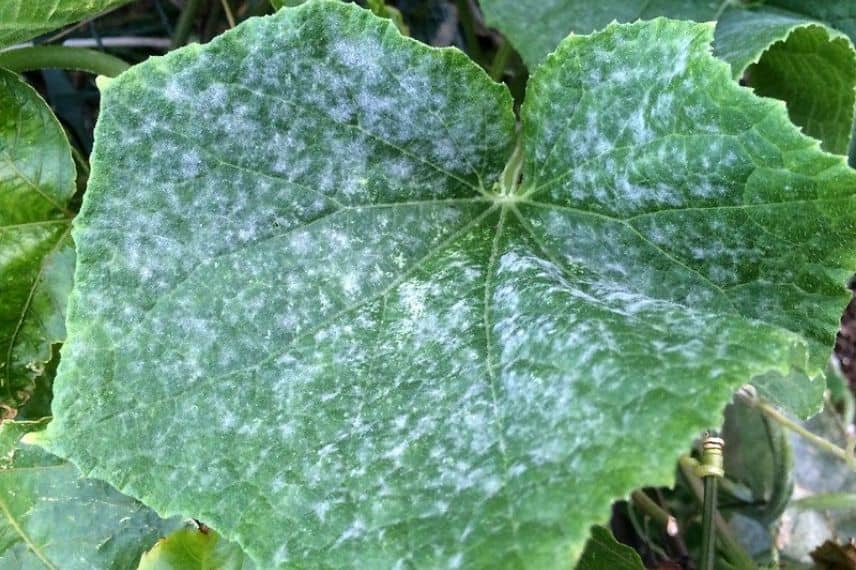
A melon leaf affected by powdery mildew
Prevention
- Ensure good air circulation between your melon plants by planting them sufficiently spaced apart
- Avoid excessive fertilisers that are too high in nitrogen
- Water the melon plants regularly while avoiding wetting the foliage. Apply mulch.
- As a preventive measure, spray horsetail decoction every two weeks.
Control
If powdery mildew is established on your melon plants, it is imperative to remove and burn all affected parts of the plant. Then, implementing one of these natural treatments is advisable:
- wettable sulphur in sprays at a rate of 7.5 g per litre of water
- baking soda at a rate of 5 tablespoons diluted in 5 litres of water
- skimmed cow’s milk is very effective against powdery mildew (one volume of milk to one volume of water)
For more details on powdery mildew or white disease, consult Virginie’s advice sheet.
Discover other Melon
View all →Available in 1 sizes
Available in 1 sizes
Available in 2 sizes
Available in 1 sizes
Available in 1 sizes
Available in 2 sizes
Available in 1 sizes
Available in 1 sizes
Available in 2 sizes
Available in 1 sizes
Anthracnose or melon red rot
Anthracnose or melon red rot is a fungal disease caused by the fungus Colletotrichum lagenarium or orbiculare

Anthracnose on fruit
It is also found on cucumber or gherkin. This disease manifests during humid periods with temperatures between 19 and 24 °C.
Symptoms
Brown or black spots surrounded by a lighter circle appear on the leaves. These spots then spread to the fruits, turning black and becoming sunken. The melons eventually rot.
Prevention and control
- Avoid excess nitrogen fertiliser
- Ensure good air circulation in crops by spacing plants during planting
- Water while avoiding wetting the foliage or use drip irrigation
- Clean and disinfect gardening tools
- Implement a strict crop rotation over several years
- Make preventive applications of Bordeaux mixture or horsetail decoctions every two weeks.
- Remove and burn all affected plant parts.
Want to know more about anthracnose? Eva explains everything in her advice sheet on this fungal disease
Read also
Succeeding in melon cultivationCladosporium or grey mould of melon
It is a fungus that causes cladosporiosis. This is the Cladosporium cucumerinum. This disease leads to loss and degeneration of melons. This fungus lives in the soil and overwinters on crop debris. It develops in humid weather.
Symptoms
Glass-like spots surrounded by a yellowish halo appear on the leaves. They then turn brown and undergo necrosis. Meanwhile, the stems and fruits become covered with cankerous lesions that evolve into corky scars covered with olive-green fluff.
Prevention
- Systematically eliminate all crop residues
- Regularly hoe and weed melon plants, removing adventive plants
- Remove and burn the parts affected by the disease.
Fusarium wilt, a fairly common disease on melon
Fusarium wilt is caused by the fungus Fusarium oxysporum which can remain in the soil for many years. It primarily occurs in warm and humid weather.
Symptoms
The veins of the leaves turn yellow, then the lamina wilts and dries out. Next, the stems develop longitudinal necrosis from which drops of brown gum ooze. This stem becomes necrotic, and the young plant dies.
Prevention and control
- Implement a strict crop rotation of 4 to 5 years
- Limit nitrogen fertiliser application
- Water without wetting the foliage
- Clean and disinfect gardening tools
- Burn affected plants and root systems of melon plants suffering from the disease.
Need more information on Fusarium wilt? Check out Eva’s sheet, Fusarium wilt, prevention and treatment
The mosaic of cucurbits also affects melon
The cucumber mosaic virus primarily affects cucumber but can also target melon. It is transmitted by aphids.
Symptoms
Disease manifests as chlorotic spots, yellow or green, resembling a mosaic, appearing on young leaves, which can also be found on the fruits. Melon plants do not develop normally.
Prevention and control
- Protect the crop from aphids
- Regularly hoe and weed around melon plants, removing adventive plants that may harbour the virus
- Eliminate the first infected plants.
Melon bacteriosis, a melon rot
It is the bacterium Pseudomonas syringae that causes melon bacteriosis. Temperatures of 20 to 25 °C promote the development of the bacterial disease transmitted by seeds and soil.
Symptoms
Brown, slightly viscous necrosis appears on the leaves and melons. White crusts may also form on the leaves. The fruits are covered with dark green then brown round spots. The flesh develops cavities.
Prevention and control
- Use perfectly healthy seeds or soak seeds in garlic extract for 20 minutes
- Implement a crop rotation of at least 3 years
- Carefully remove diseased leaves
The various pests that love melons
There are many parasitic insects that attack melons, causing varying degrees of damage.
Aphids
There are essentially two types of aphids that target melons: Aphis gossypii and Myzus persicae. Not only do they suck the sap from the plants and weaken them, but they are also often vectors of diseases such as mosaic. The best solution for combating an aphid infestation is repeated spraying of diluted black soap. Also, consider planting melliferous plants to attract the natural predators of aphids.
Spider mites
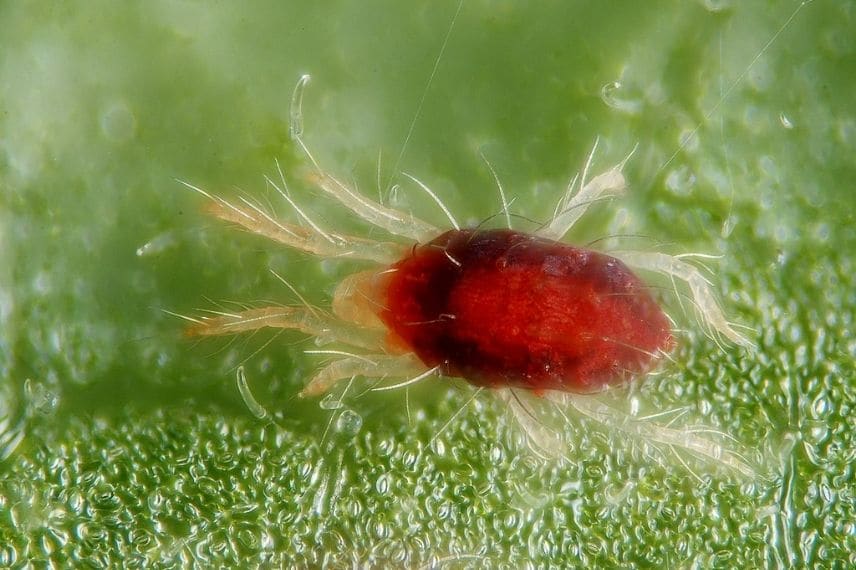
(©Gilles San Martin Namur-Belgique)
Often referred to as red spiders, spider mites are piercing and sucking mites. They thrive in warm, dry conditions, around 35 °C, and can be seen due to their tiny spider webs. Generally, abundant watering of the foliage is sufficient to eradicate spider mites. Preventive sprays of tansy infusion can be applied during very hot summers.
Whiteflies
These tiny winged piercing-sucking insects have bodies that appear dusted with white wax. They often develop in greenhouses and hide on the undersides of leaves. Often, simply ensuring good ventilation in greenhouses and frames, along with keeping the soil moist through watering or mulching, is enough. In case of a severe infestation, a spray of tansy infusion should be applied.
 Whiteflies
Whiteflies
Olivier provides more information about whiteflies in his advice sheet for identifying and treating them.
- Subscribe!
- Contents
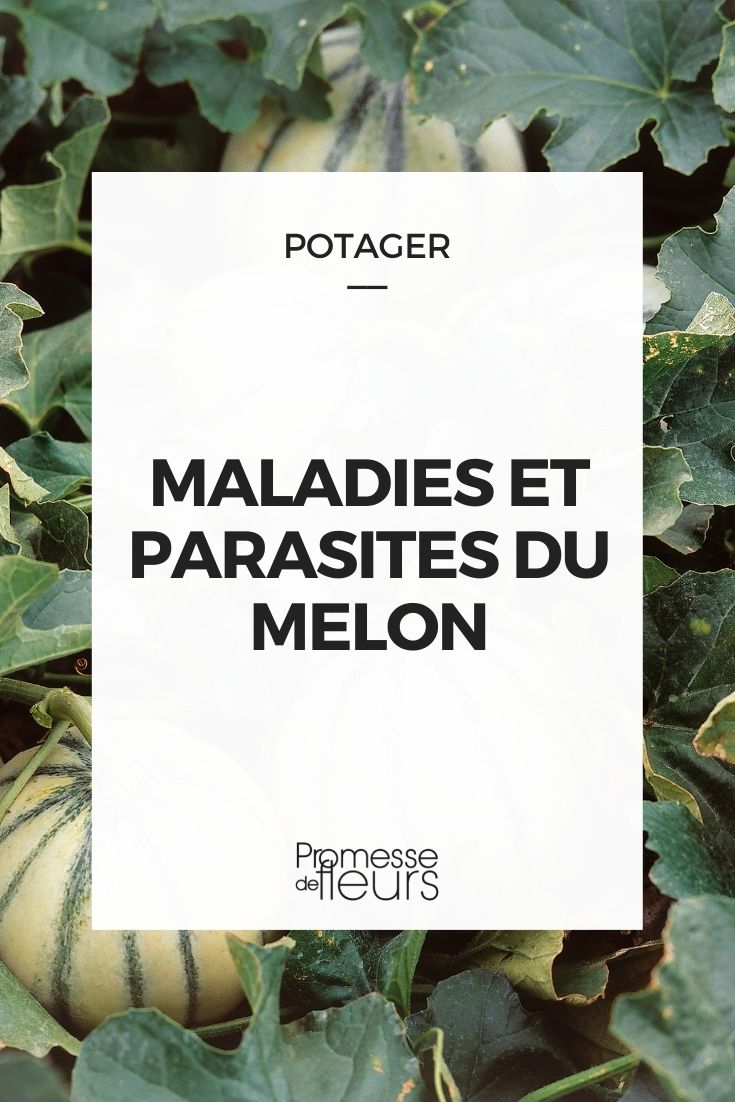































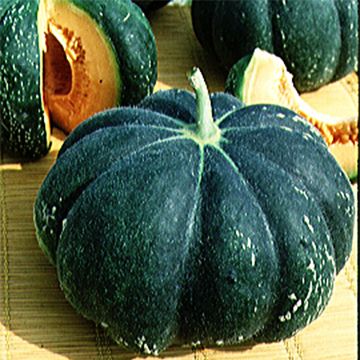


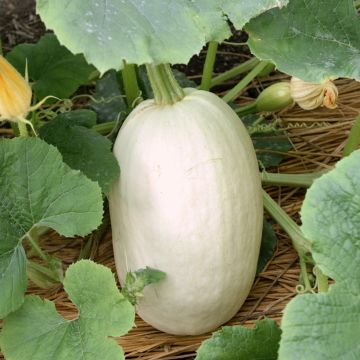



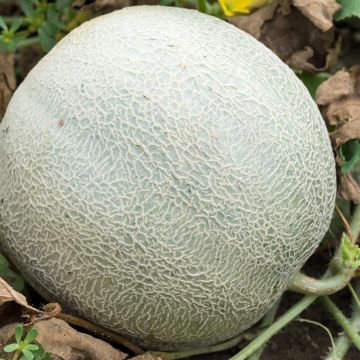


Comments